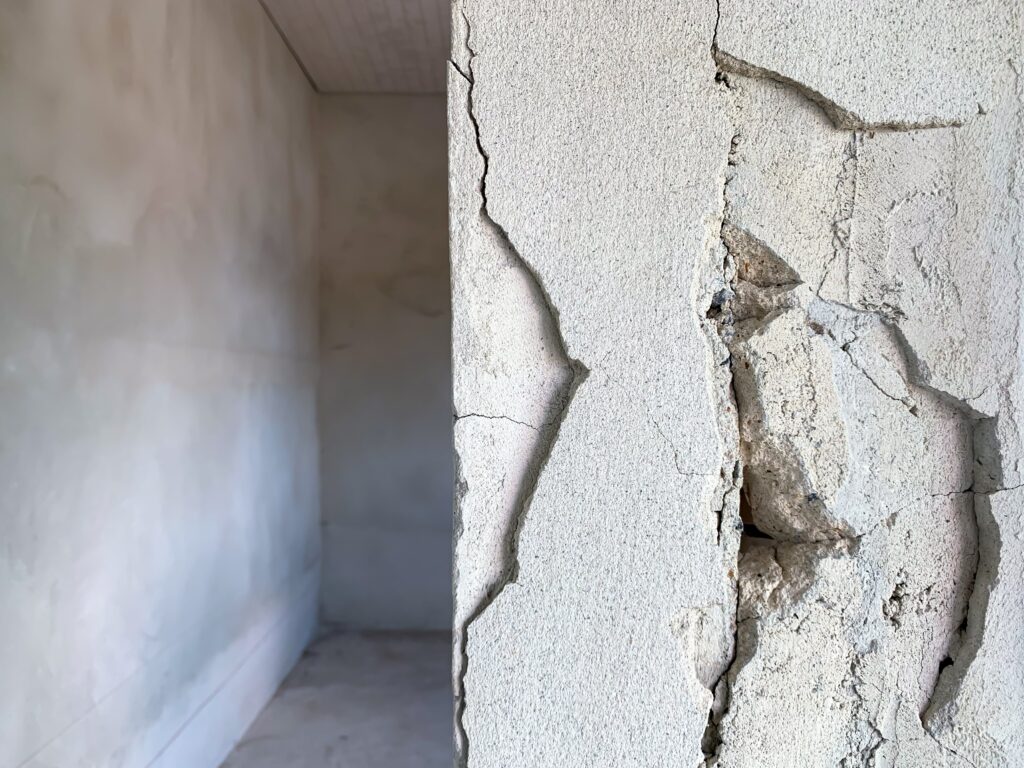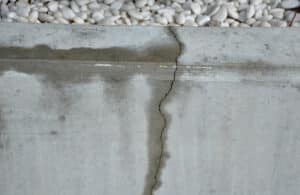If you or your construction company are contracted for a project and months or even years after, someone is injured in the space where work was completed, are you liable? Recently, the Pennsylvania Supreme Court settled a split within Pennsylvania courts regarding a non-possessory contractor’s liability for harm caused to third parties by its workmanship. Learn more about contractor liability and what this recent case could mean for your business, including potential construction litigation.
CONTRACTOR LIABILITY IN BROWN V. CITY OF OIL CITY
In Brown v. City of Oil City, the Pennsylvania Supreme Court considered whether a contractor not in possession of the property owes a duty to the possessor of the property and to their invitees and licensees. In the case, a woman slipped and fell on the steps of Oil City Library, which resulted in her fatal injuries. Several years before the fall, Oil City contracted with two contractors to rebuild the concrete steps to the library entrance. One was responsible for the design and oversight of the project, while the other performed the construction of the concrete steps.
Soon after construction was completed, the concrete began to degrade at an accelerated rate, which the Plaintiff alleged was due to a construction and design defect. Even though Oil City informed the contractor in charge of constructing the steps of the defects in the work, neither Oil City nor its contractors made any repairs.
Almost four years later, as a woman was walking down the library steps, she fell and sustained severe head trauma, causing her death six days later. Her estate filed suit seeking damages for negligence, wrongful death, and pain and suffering against the contractor who designed the steps, the contractor who constructed the steps, as well as Oil City.

IS CONTRACTOR LIABILITY LIMITED FOR NON-POSSESSORY CONTRACTORS?
In Brown v. City of Oil City, both contractors filed nearly identical motions for summary judgment asserting that they had no duty to the decedent as a non-possessory contractor.
The trial court granted the motions finding that Section 385 of the Restatement (Second) of Torts limits the liability of a contractor who no longer has possession of the property that caused the injury.
Relying on a Superior Court decision, the trial court held that after a contractor leaves the property, it can be held liable in negligence to a third party only “if the contractor created a danger that was unlikely to be discovered by the possessor.”
On appeal, the Brown estate argued that the trial court erred in granting the contractors’ motions. Specifically, the estate argued that the trial court applied the incorrect legal standard by relying upon Gresik v. PA Partners, L.P., 989 A.2d 344 (Pa. Super. 2009) instead of Gilbert v. Consolidated Rail Corp., 623 A.2d 873 (Pa. Cmwlth. 1993) where the Commonwealth Court construed Section 385 of the Restatement to expand a contractor’s liability for a dangerous condition that it created, regardless of whether the defect was a latent or patent defect.
REVIEWING CONTRACTOR LIABILITY IN CONSTRUCTION LITIGATION IN PA
The Supreme Court began its review by distinguishing the interpretations of Section 385 adopted in Gresik and Gilbert.
Beginning with Gresik, the Superior Court rejected the assertion that Section 385 applied because plaintiffs did not show that the danger was a patent defect. In other words, according to the Superior Court, to establish liability under Section 385, the plaintiff must show that the danger was one unlikely to be discovered by the possessor or those who come upon the land with the possessor’s consent.
By comparison, in Gilbert, the Commonwealth Court interpreted Section 385 to impose potential liability to third persons and the possessor of the property regardless of whether the alleged defect was unlikely to be discovered by the possessor or third party.
Faced with these contradictory holdings, the Supreme Court explored the history of Pennsylvania law on contractor liability to third parties:
- Recognizing a duty of care on the part of a contractor not only to the possessor of land but to all other persons who will be affected by the performance of the work, even after the contractor has completed it (FOLEY V. PITTSBURGH-DES MOINES CO., 68 A.2D 517 (1949))
- Holding that a manufacturer of defective chattel could be liable for injuries caused by a defect in the chattel so as to “safeguard life and limb” (MACPHERSON V. BUICK MOTOR CO., 217 N.Y. 382 (1916))
Following this discussion, the Court then analyzed other sections of the Second Restatement of Torts relating to the issue of liability to third parties, citing §§ 403-04, 388-89, 394-98 specifically. Based on this review, the Court found that, in the context of third-party liability, there is no distinction within the Second Restatement between a defective condition that is obvious or hidden. Thus, the Court adopted the interpretation of Section 385 in Gilbert, imposing “potential liability on contractors to third persons for all defective conditions of structures on land which they are responsible for creating through their repair work.”
The Brown v. City of Oil City case means that contractors in PA are potentially liable for injuries to third parties:
- even despite having completed construction or repair work years prior
- even if the property owner accepted or approved the work
- even though they are not in possession of the property
- even if defects were obvious or hidden
This recent ruling leaves lots of room for construction litigation. Our experienced construction litigation attorneys are committed to understanding current construction law and representing developers, owners, contractors and suppliers in possible cases. Please reach out to us if you are facing potential contractor liability.


